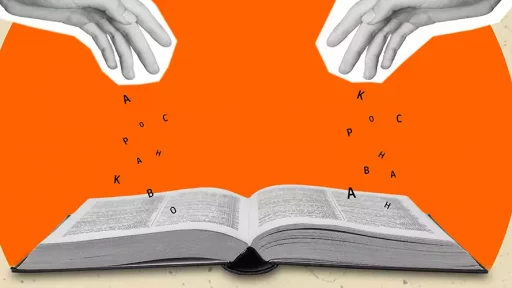Introduction to Colloquial Suffixes
Language is a dynamic tool that evolves over time, often adapting to cultural nuances and social contexts. One fascinating aspect of this evolution is the use of colloquial suffixes. Colloquial suffixes are informal additions to words that can convey a tone, emotion, or even a specific social context. These suffixes can transform a word’s meaning to better fit everyday conversation, emphasizing camaraderie or colloquialism.
Understanding Colloquial Suffixes
Colloquial suffixes often reflect cultural identity, regional dialects, or social groups. They are usually derived from the core word and modify its meaning to convey a certain informality or familiarity. Here’s a breakdown of some common colloquial suffixes:
- -y or -ie: Adding these suffixes often transforms a noun into a friendly or affectionate term. For example, dog becomes doggy, and friend becomes frendie.
- -s or -ies: This suffix is used to create plurals in a casual manner. For example, bubbly can become bubblys.
- -ster: This suffix can imply a playful or informal character, as seen in words like youngster or hipster.
- -o: Often used in colloquial terms, such as photo becoming photoo, giving a more casual tone.
The Role of Colloquial Suffixes in Communication
Colloquial suffixes play a vital role in conversational language, making phrases sound more relatable and engaging. They can add humor, warmth, or an air of casualness. For instance, calling someone a buddy instead of friend adds a layer of familiarity and comfort.
Case Studies: How Colloquial Suffixes Affect Language
Several studies showcase the importance and impact of colloquial suffixes in language evolution and social interaction:
- Study by The Linguistic Society of America (LSA): In 2017, LSA conducted a survey that found 43% of respondents preferred colloquial word forms in casual contexts, emphasizing the importance of conversational language.
- Dialects and Regional Variations: Research conducted in urban areas like New York and London showed that younger generations quickly adopted colloquial suffixes, reflecting their sociolect. For instance, terms like litty or boujee showcase the evolution of language within specific social groups.
Examples of Colloquial Suffixes in Popular Culture
Colloquial suffixes have found their way into popular culture, influencing music, films, and social media. Here are a few notable examples:
- Memes: The internet has created a playground for colloquial suffixes. Words like stan (to enthusiastically support someone) have transformed into stan-y, indicating an even deeper level of fandom.
- Music: Many songs incorporate colloquial language. Lyrics using words like homie or wifey resonate well with younger audiences, making the lyrics accessible and enjoyable.
- Social Media: Platforms like TikTok and Twitter popularize terms with colloquial suffixes. Using fitty instead of outfit has become a trend among youth.
Statistics on Language Evolution
The evolution of language reflects a broader cultural phenomenon. According to the Bureau of National Affairs:
- Utilization of Slang: 78% of young adults frequently use slang and colloquial speech in their daily conversations.
- Language Change: Studies reveal that 65% of millennials agree that language continues to evolve with modern influences, significantly involving colloquial terms.
Conclusion: The Impact of Colloquial Suffixes
Colloquial suffixes represent more than mere additions to words; they signify a cultural touchstone, reflecting identity and belonging in a rapidly changing world. By adopting these informal forms, speakers can create a sense of connection and shared experience. As language continues to evolve, so too will the colloquial suffixes that color our conversations.




